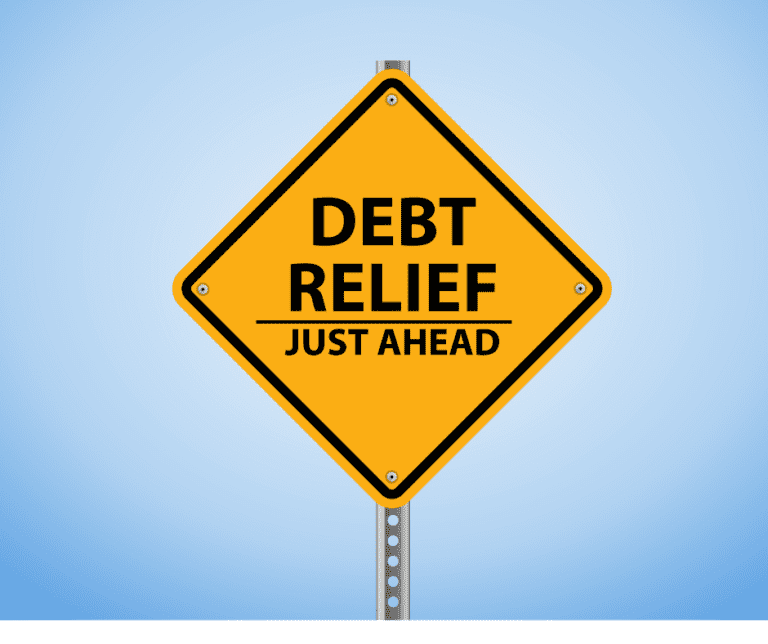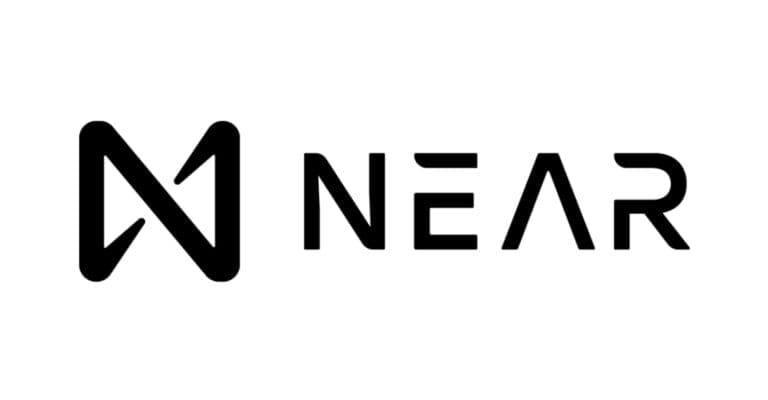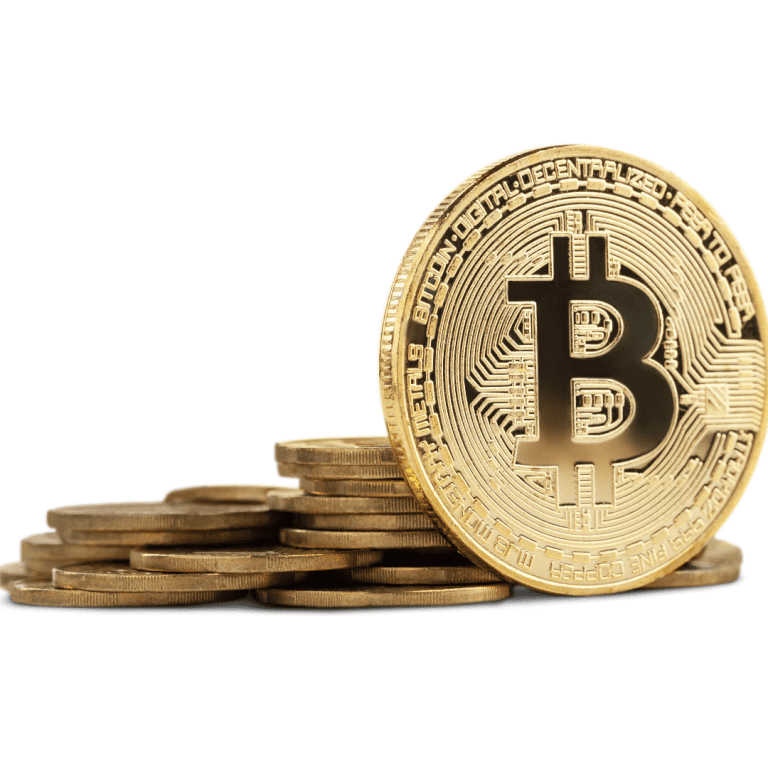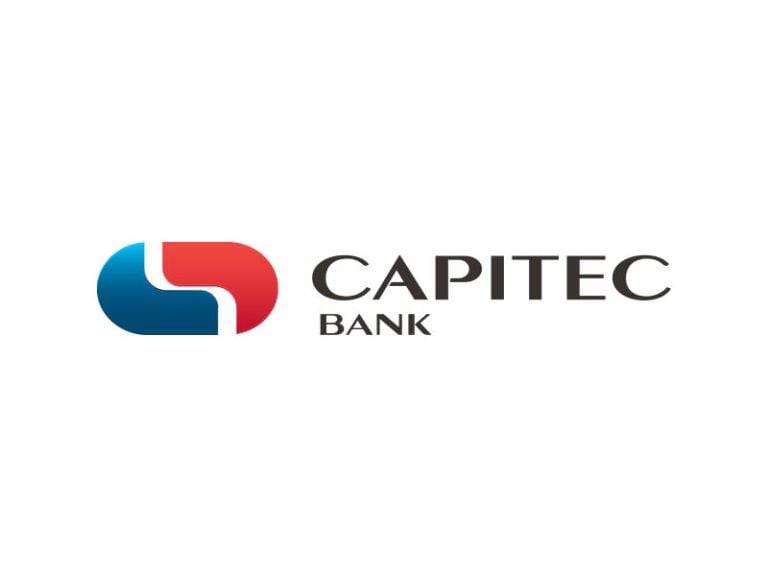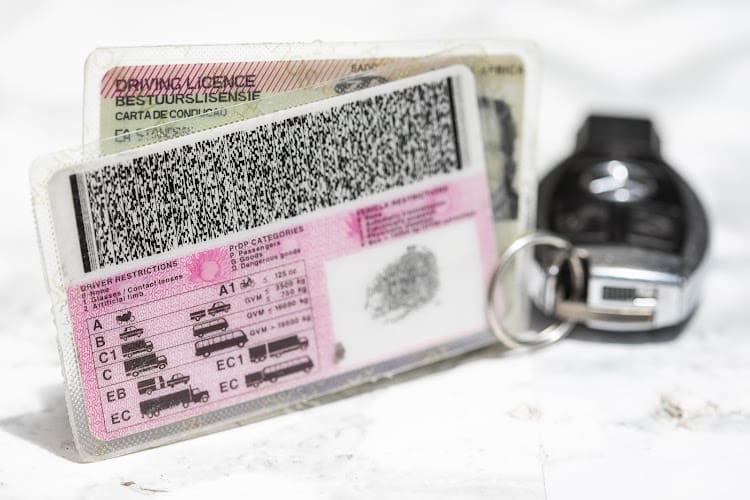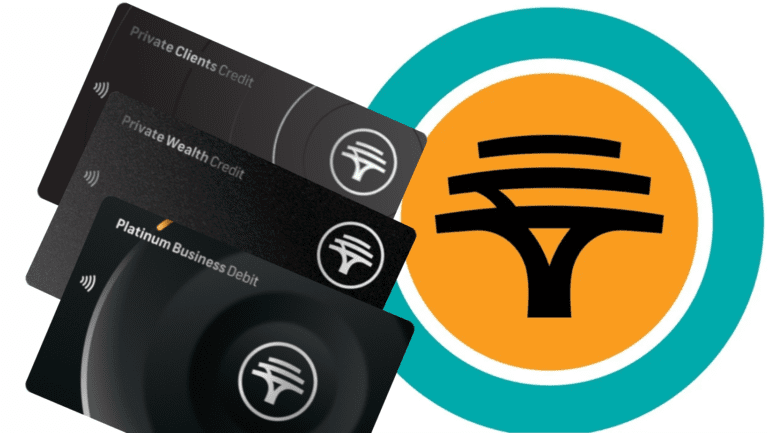Political parties are intensifying their campaign promises to address unemployment...
Read MoreLatest News
Johannesburg Residents Granted 90% Municipal Debt Relief Until May
Financial Relief Initiative: Johannesburg residents burdened by municipal debt can...
Read MoreGauteng’s Smash-and-Grab Epidemic: Infrastructure Failures Fuel Rising Crime
Rising Crime Wave: Criminals exploit dysfunctional infrastructure in Gauteng, targeting...
Read More2,000 Unclaimed Bodies Found in South African Mortuaries
South Africa faces a burgeoning crisis with approximately 2,000 unclaimed...
Read MoreEditor's Pick
Ripple’s Dip Amid SEC Clash Opens Buy Opportunity for XRP
Ripple (XRP) price falls to $0.5623 (R10.49), influenced by a...
Read MoreOndo’s Price Eyes $1 Milestone with Key Support Retake
Ondo (ONDO) is showing potential for recovery, closely following broader...
Read MoreNear Protocol’s Price Surge: A Potential Windfall for Investors
The Near Protocol (NEAR) cryptocurrency has overcome two major resistance...
Read MoreBitcoin Faces Hurdles: R1.3M Key for Pre-Halving Price Surge
Bitcoin's price struggles to surpass the $69,000 (approximately R1,300,650) mark,...
Read MorePopular Posts
How to reverse Capitec Bank cash send
The Capitec Bank Cash Send has become an alternative method...
Read MoreSouth African Police Service (SAPS) Salary Guide 2024
In 2024, the compensation landscape for police officers in South...
Read MoreSouth African Driver’s Licence Renewal Guide 2024
In South Africa, a driver’s license has a 5-year lifespan;...
Read MoreFNB Black Card 2024 Review
The FNB Black Card series, tailored for high-net-worth individuals and...
Read MoreEnergy
- Charlotte Maxeke Hospital Grapples with Ongoing Power Outages
- Illegal Electricity Connections Claim Three Lives in Gqeberha Tragedy
- Eskom Achieves Milestone: Rolling Blackouts Suspended Indefinitely
- Power Crisis: Eskom Battles Major Outage in Pretoria
- South Africa’s Path to Energy and Water Resilience
- Eskom’s Electricity Prices Soar with New Tariffs
- Eskom’s Load Shedding Pause & Tariff Hike Explained
- City Power Cracks Down on Electricity Theft With Smart Meters
- Eskom Boosts Reliability: Minister’s Summer to Winter Transition Plan
- South Africa Celebrates Eskom’s Operational Stability, Blackouts Suspended
Business
- Wilson Bayly Holmes – Ovcon Limited (WBHO) Expects Strong Financial Performance Amidst Challenging Economic Climate
- NewGold Announces Partial De-Listing: Boosting NewPlat ETF Stability
- Gold Fields Delivers First Gold at Salares Norte Project: A Milestone in Mining Industry
- South Africa’s TUHF Urban Finance: July 2023 Payments
- MC Mining Faces Delays in Consortium Takeover Offer
- Vodacom’s Job Cut Plan Sparks Concern: South African Workforce Affected
- Cashbuild’s Fiscal Challenges: Revenue Drop, Dividend Cut, Strategic Moves
- Orion Minerals Ltd Surges Forward in Critical Metals Sector Amidst Global Energy Transition
- Deutsche Konsum REIT-AG’s Delisting from the JSE
- AEEI’s Subsidiary Premier Fishing Faces Fraud Scandal: CEO Found Negligent
Tax
- Revolutionizing Tax Compliance: The Power of Collaborative Bargaining
- SARS Achieves Historic Tax Revenue Milestone
- SARS Boosts Tax Process: Smoother 2023 Changes Ahead
- Mobile Tax Unit Rolls into Limpopo: Get Hassle-Free Tax Services at Your Doorstep!”
- SARS Admin Penalties: Navigating the Tax Maze for South African Residents and Expats
- Revolutionizing Tax Returns: SARS Unveils Major Updates to Corporate Income Tax System
- SARS Advocates for eFiling: A New Era of Efficiency for Tax Practitioners
- SARS Elevates User Experience: Major eFiling Upgrade Scheduled for Enhanced Security and Efficiency
Technology
- Oukitel’s WP30 Pro: Rugged Tech
- Intuitive Machines Moon Mission Cut Short Due to Landing Mishap
- Fitbit Charge 6: Fitness Evolution and Google Integration
- OpenAI Unleashes Free Voice Feature for ChatGPT, Navigating CEO Shake-Up
- Google Hits 100 Million Subscribers Milestone for Google One and YouTube Premium
- Intel Unveils 14th Gen Processors: Powering Up Gaming Laptops and Desktops
- Fitbit Teases Next-Gen Device – What to Expect
- YouTube Create Expands to Over 20 Countries, Including South Africa
- Oppo Reno11 F Teased with Official Images and Benchmark Scores
- Kong Launches Open-Source AI Gateway, Revolutionizing API Integration
- Xiaomi’s Game-Changing Smartwatch: Fitness Meets Tech
- Samsung Unveils Galaxy Ring at MWC, Enters Smart Ring Market
- YouTube Leads U.S. Streaming Market as Nielsen Report Reveals Surging TV Viewing
- CIPC Goes Digital: Ensuring Easier Verification of Business Documents
- WhatsApp Unveils AI Stickers: Text to Personalized Images
Crypto
- Bitcoin Soars to R1.3M Amid ETF Shifts and Halving Anticipation
- Musk Mania Boosts Dogecoin, Floki in crypto market
- Crypto.com (CRO) falls 30% as staking rewards are reduced
- Ethereum users wary as gas fees skyrocket
- Twitter shares fall 20% after Elon Musk says the $44 billion(R 711B) Twitter takeover deal has been postponed
- LUNA increases 600% during ‘crazy volatility,’ while Bitcoin stays under $30K
- XRP Stands Strong Despite Ripple’s Technical Glitch
- SUI Blockchain’s $310M Ethereum Bridge Marks Major Investment Milestone
- XRP Plummets, Traders Face R471m Loss Amid SEC Suit”
- Cardano’s Volume Spikes, But Price Drop Sparks Market Concerns
- Bitcoin’s Ride: Expert Predicts Dip Amidst Market’s High Stakes
- LUNC Faces Turmoil: Legal Battles, Tech Upgrades Stir Market
| # | Name | Price | Changes 24H | Available Supply |
|---|
Careers
- Average Cashier salary in South Africa 2024
- Average Occupational Therapist salary in South Africa 2024
- Average Telecommunications Engineer salary in South Africa 2024
- Average Clinical Psychologist salary in South Africa
- Average Clinical Research Associate salary in South Africa 2023
- The Crucial Role of Business Mentors
- Average Sales Manager Salary in South Africa 2024
- Average Career Counselor salary in South Africa 2024
- Average excavator operator salary in South Africa 2024
- Average Paramedic salary in South Africa 2024
Government
- Minister Ramokgopa Reflects on 30 Years of South African Democracy
- Illegal Electricity Connections Claim Three Lives in Gqeberha Tragedy
- Central Energy Fund (CEF): Powering South Africa’s Energy Security and Economic Growth
- Deputy Minister Urges Vigilance to Safeguard Schools Amidst Celebrations
- South Africa’s Challenges: Power, Jobs, Water, and Economy Impact
- Cholera Outbreak: SA’s Rapid Response Limits Spread
- Revolutionizing Water Treatment: Potsdam Facility Embarks on Major Tech Upgrade for a Sustainable Future
- South Africa Prepares for Surge in ‘Sin Taxes’ Rollout
- Ramaphosa Greenlights SIU Probes Into State Maladministration
- South Africa’s Visa Backlog Woes Extend, Stoking Concerns
Economics
- FF+ Warns: Land Expropriation Threatens South Africa’s Economy
- Eastern Cape’s N2 Project Generates 3,000+ Local Jobs
- South Africa’s Black Industrialists Shine in Economic Empowerment Summit
- 5 best quick loans for emergency cash in 2024
- President Ramaphosa Urges Action on South Africa’s Education Crisis
- Johannesburg Water Crisis: Residents Protest as Suburbs Endure Drought
- Average General Worker Salary in South Africa 2024
- South African Businesses Embrace Innovation for Global Competitiveness
- South Africa’s Economy Shows Marginal Growth Amidst Sectoral Challenges
- South African Ministers Establish Task Team to Combat River Pollution
Personal Loan Calculator
You can never have financial freedom if you borrow without calculating. You need to know how much you will pay, understand if you can afford the loan.
Latest Financial Updates
We’re with you through thick and thin, updating you every step of the way. Our dedication is to helping you save money, and attain financial freedom.
Reviews
We are always looking for better financial deals for you, culminating to insightful reviews.


Investment Tips
There can be no Financial Freedom without sound investments.

Business Resources
Find latest financial resources for your business. From loans to service providers.

Career Tips
We share career tip to help you move from one level of financial freedom to another
Disclaimer
Rateweb strives to keep its information accurate and up to date. This information may be different than what you see when you visit a financial institution, service provider or specific product’s site. All financial products, shopping products and services are presented without warranty. When evaluating offers, please review the financial institution’s Terms and Conditions.
Rateweb is not a financial service provider and should in no way be seen as one. In compiling the articles for our website due caution was exercised in an attempt to gather information from reliable and accurate sources. The articles are of a general nature and do not purport to offer specialised and or personalised financial or investment advice. Neither the author, nor the publisher, will accept any responsibility for losses, omissions, errors, fortunes or misfortunes that may be suffered by any person that acts or refrains from acting as a result of these articles.



